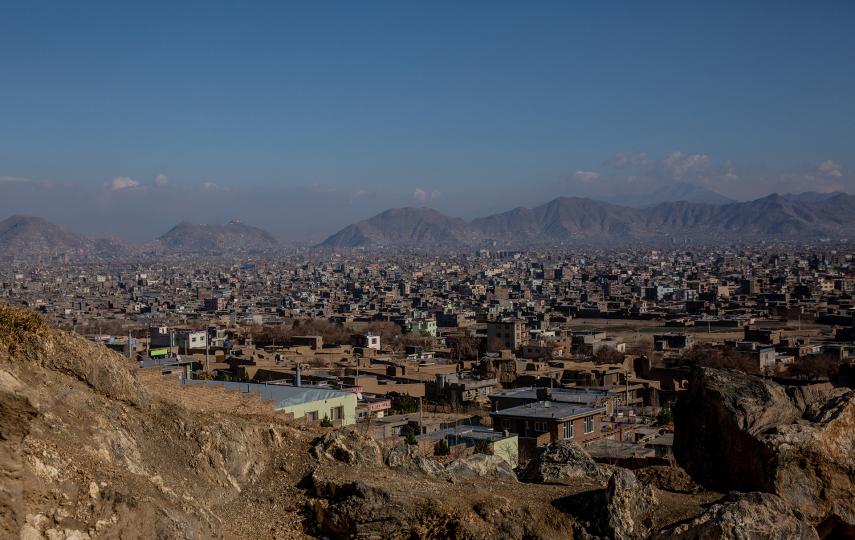"With the quake this became an emergency," said Macarthur Charles, a doctor with Group for the Study of Kaposi's Sarcoma and Opportunistic Infections (GHESKIO), one of the largest HIV- and TB-focused NGOs in Haiti.
"The main TB hospital, the sanatorium here in Port-au-Prince, collapsed and [the GHESKIO] hospital in Leogane [about 29km west of Port-au-Prince] for treating multi-drug resistant TB [MDR-TB] also collapsed."
GHESKIO suffered losses to its health infrastructure worth an estimated US$10 million, and the two government TB sanatoriums were also destroyed by the quake.
"TB is an extremely important situation because transmission is facilitated by the situation of people living under tents," said Jean William Pape, director and founder of GHESKIO.
Across the capital, people are crammed into tiny tents, with 6-10 people sharing a single tent made for two people, while others live in six-by-six or ten-by-ten metre tents.
"There is a delay in care. There is the issue of malnutrition or of having untreated HIV that allows you to have more TB, and then there's the question of you being in small areas with other people," said Megan Coffee, a US infectious diseases specialist who has been running an expanded TB ward at Port-au-Prince's General Hospital since January.
| Read More | |
After the earthquake, GHESKIO was able to trace all its MDR-TB patients and continue their medication; some are being treated as outpatients while others are being housed in isolation tents in the capital. GHESKIO is building a new 30-bed centre for patients with MDR-TB, and is strengthening its laboratory capacity to improve TB surveillance.
Shortly after the quake, health workers saw a spike in TB cases, but some think this could have been as a result of increased screening by volunteer organizations. "A lot of the foreigners who came to Haiti to help, they had TB on their mind, they were screening for it... I think that drove the referrals we saw early on, and now I think we've gone down because there is less active screening," said Charles.
A pre-existing epidemic
While the earthquake has destroyed TB infrastructure, stretched limited health resources and worsened living conditions, the disease is not new to Haiti. According to a new WHO report on TB, the current prevalence in Haiti is 312 cases per 100,000 people, by far the highest in the western hemisphere. Like much of the developing world, it is closely linked to HIV; Haiti's HIV rate is 2.2 percent. With 30 percent of the global HIV positive population likely to contract TB in their lifetime, the joint TB and HIV burden in Haiti is heavy.
"The patients I've been seeing in the aftermath of the earthquake had nothing to do with the earthquake - there's no way that TB developed in two weeks," said Coffee.
Ahead of Hurricane Tomas in October, the expanded TB ward Coffee runs was transferred from tents to a room in the hospital, with 27 beds for in-patient care; hundreds of outpatients also frequent the clinic. About 25 percent of Coffee's patients are HIV-positive and some 40 percent of in-patients are HIV-positive.
However, GHESKIO's Charles acknowledged that these new centres could quickly reach capacity, and providing adequate treatment and care would remain "a challenge".
Following the quake, UNAIDS released a situation assessment which named some of the priority areas for action in Haiti as: rebuilding the health system, restoring networks for people living with HIV, and protecting internally displaced people from HIV. It noted that a new national strategic plan for HIV would be needed, taking into account the country's new realities.
ag/kr/cb
This article was produced by IRIN News while it was part of the United Nations Office for the Coordination of Humanitarian Affairs. Please send queries on copyright or liability to the UN. For more information: https://shop.un.org/rights-permissions





